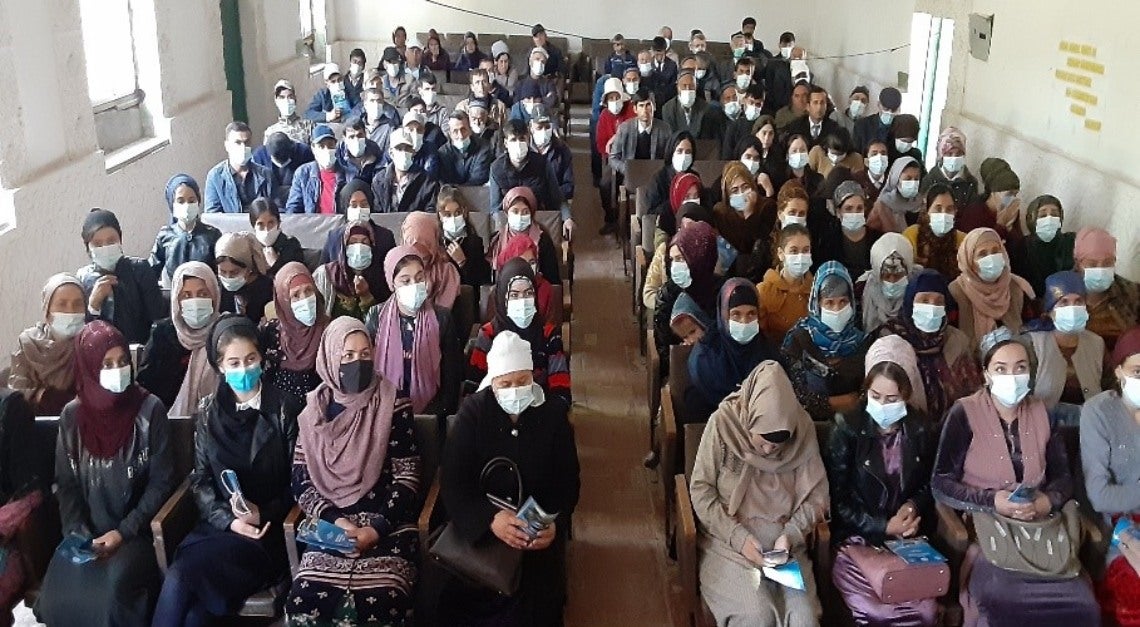 Women participating in a village meeting in Khatlon region as part of the Socio-Economic Resilience Strengthening Project (SERSP). The meeting’s objective is to prioritize infrastructure projects for SERSP financing. Copyright: World Bank
Women participating in a village meeting in Khatlon region as part of the Socio-Economic Resilience Strengthening Project (SERSP). The meeting’s objective is to prioritize infrastructure projects for SERSP financing. Copyright: World Bank
Community-driven development (CDD) is a global development approach that emphasizes the active involvement and participation of local communities in decision-making. Its participatory processes allow communities, together with local governments, to set priorities, allocate resources, and design development initiatives that best address their unique needs and circumstances. Across the globe, there is strong evidence of CDD approach delivering more equitable development outcomes, particularly for marginalized and vulnerable groups. For example, women who are often left out in formal centralized development structures are likely to gain the most from this approach.
Tajikistan is one such example where this approach is demonstrating powerful results for women. Women in Tajikistan have one of the lowest labor force participation rates in the region and struggle to have their voice heard in their community. A rural woman from Tajikistan spends most of her time on unpaid work: caring for the family, fulfilling household duties and farming while men work abroad, mostly in Russia, to supplement the family income.
Prioritizing women’s participation in decision-making
Change, however, is underway. To address these challenges, the government of Tajikistan, in partnership with the World Bank, is currently implementing the CDD approach in two of its largest regions, Khatlon and Gorno-Badakhshan Autonomous Oblast (GBAO), through its Socio-Economic Resilience Strengthening Project (SERSP).
The project is prioritizing women’s participation in decision-making about community investments. It is creating safe spaces for women and offering them a suite of trainings on topics such as gender equality, participatory planning, social accountability, procurement, disaster risk management, climate change and local governance. This has resulted in a cadre of skilled women who can lead, participate and function as facilitators and focal points in rural communities. They work alongside men in to ensure incorporation of community priorities in the local government plans.
The CDD approach has created powerful agency for women in two sub-regions of Tajikistan. In a shift away from conventional practice in the country, the project required that women make up 50 percent of representatives on local decision-making bodies. As a result, a vast majority of infrastructure projects were prioritized by women’s focus groups. These included rehabilitation of kindergartens, schools and health clinics and energy infrastructure, among other community projects. The choices presented a win-win situation for the women and community in general. Men overwhelmingly supported women’s participation.
|
|
Jamiya Yuldoshova, 57 years of age, is one of the many inspiring women who benefited from this approach in Farkhor district of Khatlon. While participating in the project, she used her leadership skills to convince more households in her community to allow women and girls to take part in the community activities, including trainings and identification of priority investment projects. A mother of five children and 14 grandchildren, Jamiya goes from door-to-door in her village to voluntarily convince families to create safe space for young women to join focus group discussions and share their voices. She has found champions among mothers-in-law in migrant households, and she has successfully convinced several households of the value of allowing their young married daughters-in-law to join community mobilization activities.
Finding more funding for community projects
Because some needs cannot be met through our project financing, the communities have created a ‘database’ of community projects using the CDD approach, such as repair to an irrigation system or construction of a community hall, and are successfully negotiating their needs with local entrepreneurs and other development partners. They have already attracted funding for 36 such community initiatives from other donors. In addition, the project is currently working on developing a GIS mapped digital version of the database to allow communities to make a more marketable case for their needs beyond the life of our project.
The government has also set up the National Social Investment Fund to implement the CDD approach across the country to deliver locally led development initiatives and to contribute to policy dialogues on this important development priority. In addition to the World Bank, the government’s fund is now a partner of choice for other international development partners working on community programs in the country.
The lesson from Tajikistan is clear: CDD is a critical and effective tool for women’s social empowerment, particularly in the context of inclusive development. While change in social norms is incremental and takes time, empowering women is possible with careful design, capacity building, strategic choices, and quality investments. CDD projects are a great starting point for addressing social and gender norms and listening to the voices of those less heard, and it should be adopted by more national and sub-national governments across the globe as part of their development toolkit.
To receive weekly articles, sign-up here

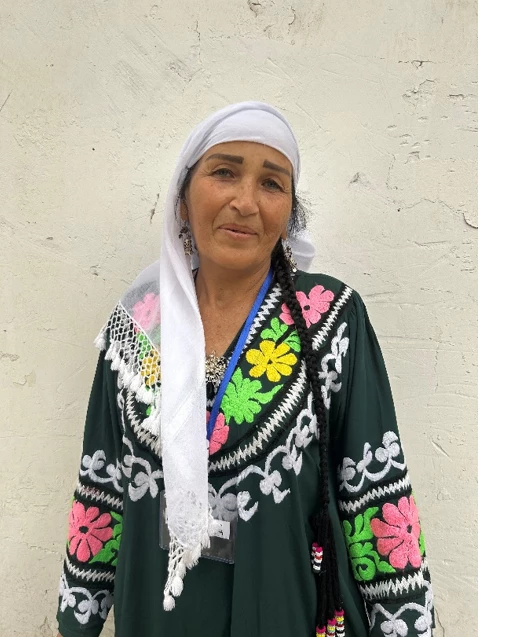

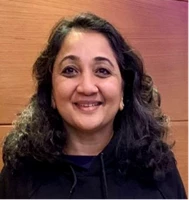
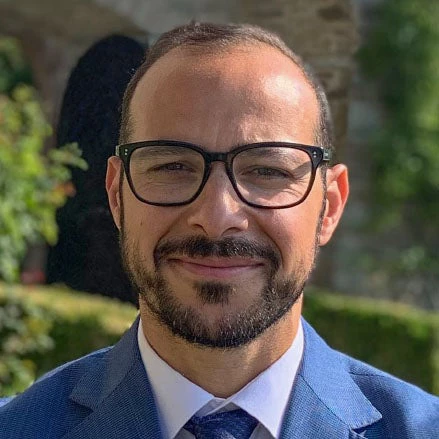
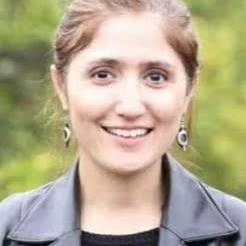

Join the Conversation